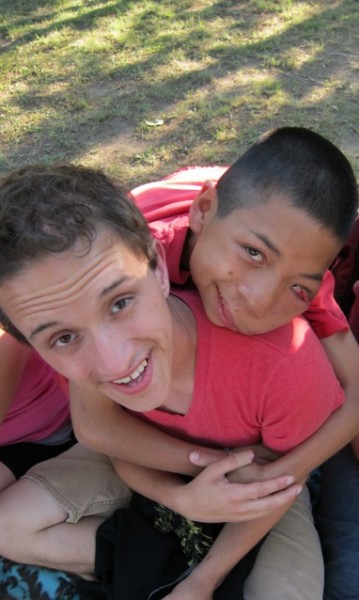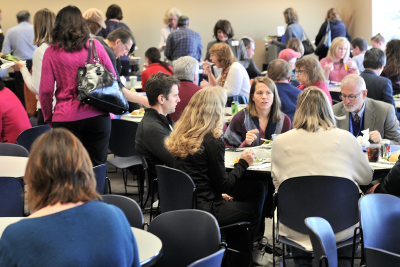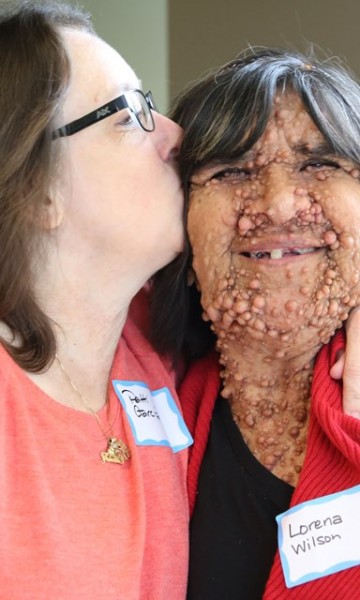What are the symptoms of NF1?
The symptoms and complications of neurofibromatosis type 1 vary widely from patient to patient. However, beginning in early childhood, most people with neurofibromatosis type 1 have 6 or more café-au-lait spots, which are flat patches on the skin that are darker than the surrounding area. Freckles in the underarms and groin typically develop later in childhood.
Most adults with neurofibromatosis type 1 develop neurofibromas, which are noncancerous (benign) tumors that are usually located on or just under the skin. These tumors may also occur in nerves near the spinal cord or along nerves elsewhere in the body. Rarely, these tumors can progress into a malignant tumor. People with neurofibromatosis type 1 also have a slightly increased chance of developing brain tumors, other cancers and leukemia.
Benign growths called Lisch nodules usually appear in the colored part of the eye (the iris) in the teenage or adult years.. Lisch nodules do not interfere with vision. Some affected individuals also develop tumors that grow along the nerve leading from the eye to the brain (the optic nerve). These tumors, which are called optic gliomas, may lead to reduced vision or total vision loss. In some cases, optic gliomas have no effect on vision.
Additional signs and symptoms of neurofibromatosis type 1 include high blood pressure (hypertension), short stature, an unusually large head (macrocephaly), and skeletal abnormalities such as an abnormal curvature of the spine (scoliosis). Although most people with neurofibromatosis type 1 have normal intelligence, learning disabilities and attention deficit hyperactivity disorder (ADHD) occur frequently in affected individuals.
Again, the complications of NF1 may vary WIDELY from individual to individual. Some people may have a few of the complications, some may have many. It is also a chronic disorder that progresses over time. However, for some it may progress very slowly and others it may be more rapid. It also may progress suddenly or a new complication may appear; or it may suddenly slow down. For instance, a tumor may simply stop growing.
There are different ages in which physicians may especially look for different complications.







.png)





